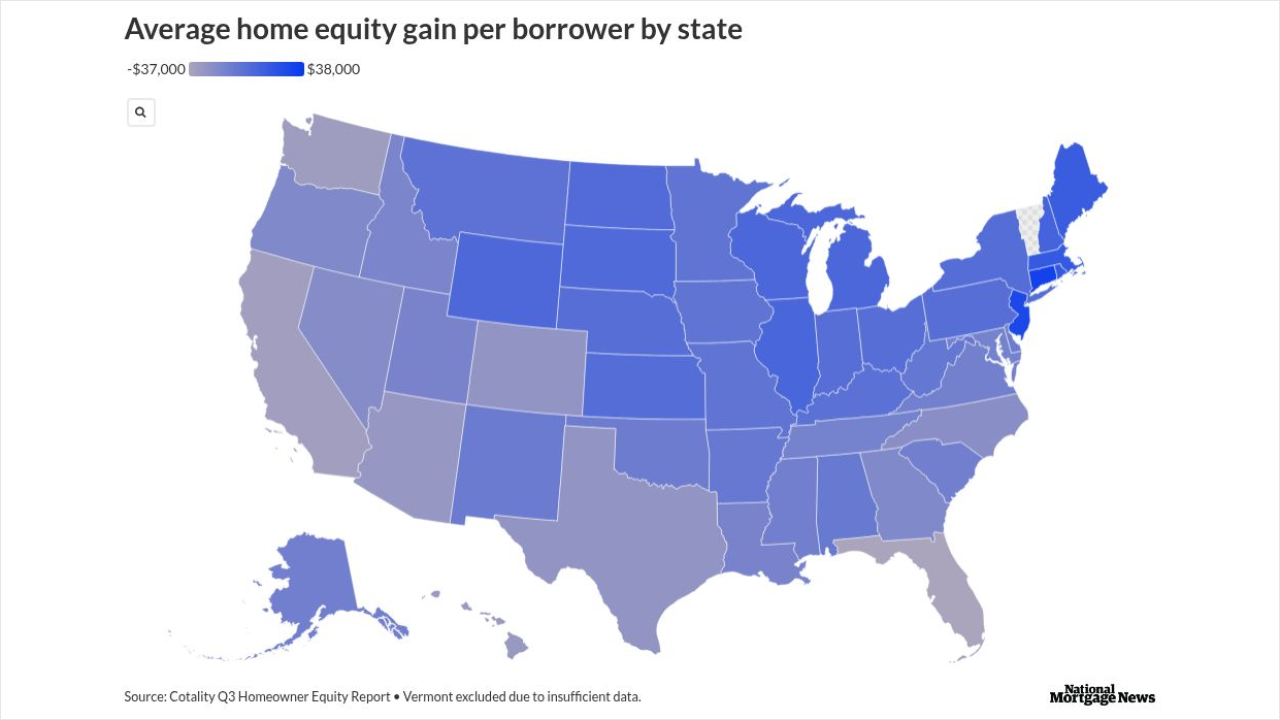The outlook for the income-producing mortgage market is mixed, the
But the group's executive director, Lisa Pendergast, thinks there was relatively more optimism this year.
Her view is in line with the take on the conference from commercial mortgage-backed securities analysts like Sarah Barcomb who said the sense of the conference was "overall issuance should increase" but there's "still lots of work to do" on problem loans, or BofA Global Research's Alan Todd and Henry Navarrete Brooks, who described the consensus market view at the conference a "not necessarily bullish, but was definitely less bearish."
"While most investors we spoke with felt significantly better about current market conditions than they did several months ago, most acknowledged problems remain that lower interest rates won't be able to cure," Todd and Brooks said in a recent CMBS Weekly report.
To get Pendergast's view on these issues and the broader market outlook, National Mortgage News spoke with her via phone during the conference about some of the current issues in financing commercial real estate, and multifamily properties in particular.
Prior to joining the council, Pendergast was with Jefferies LLC. She
Pendergast also was a managing director in the fixed income strategies group at Royal Bank of Scotland and before that, a research analyst in the residential MBS marketplace at Prudential Securities.
The questions and answers have been edited for length and clarity.






